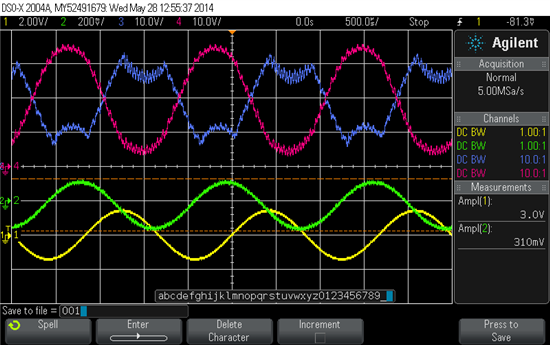The OPA549 data sheet says the tab is connected to the V- supply, but should not be used to carry current. My ohm meter sees more than 10 Megohms resistance between the tab and V- of OPA549S. So, will there be any harm in connecting the Tab to a Voltage mid-way between the V+ and V- supplies? (It would be convenient to connect it to Chassis Ground which can vary somewhat around the mid-point. )
-
Ask a related question
What is a related question?A related question is a question created from another question. When the related question is created, it will be automatically linked to the original question.


